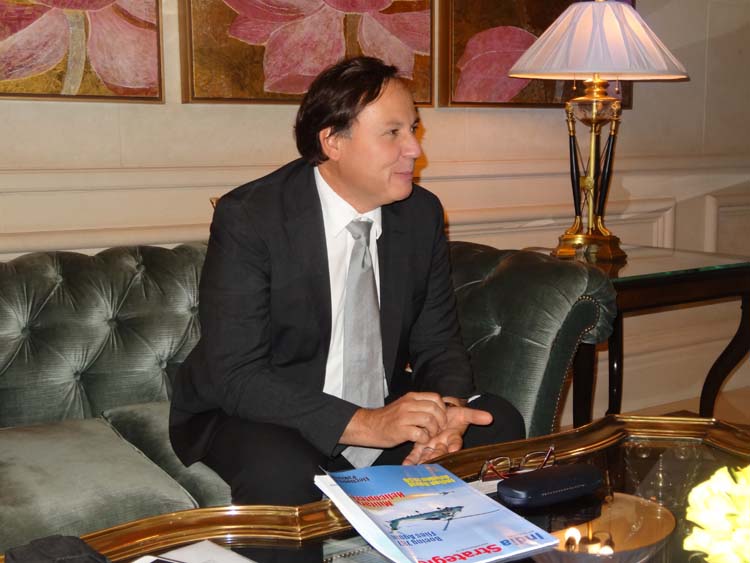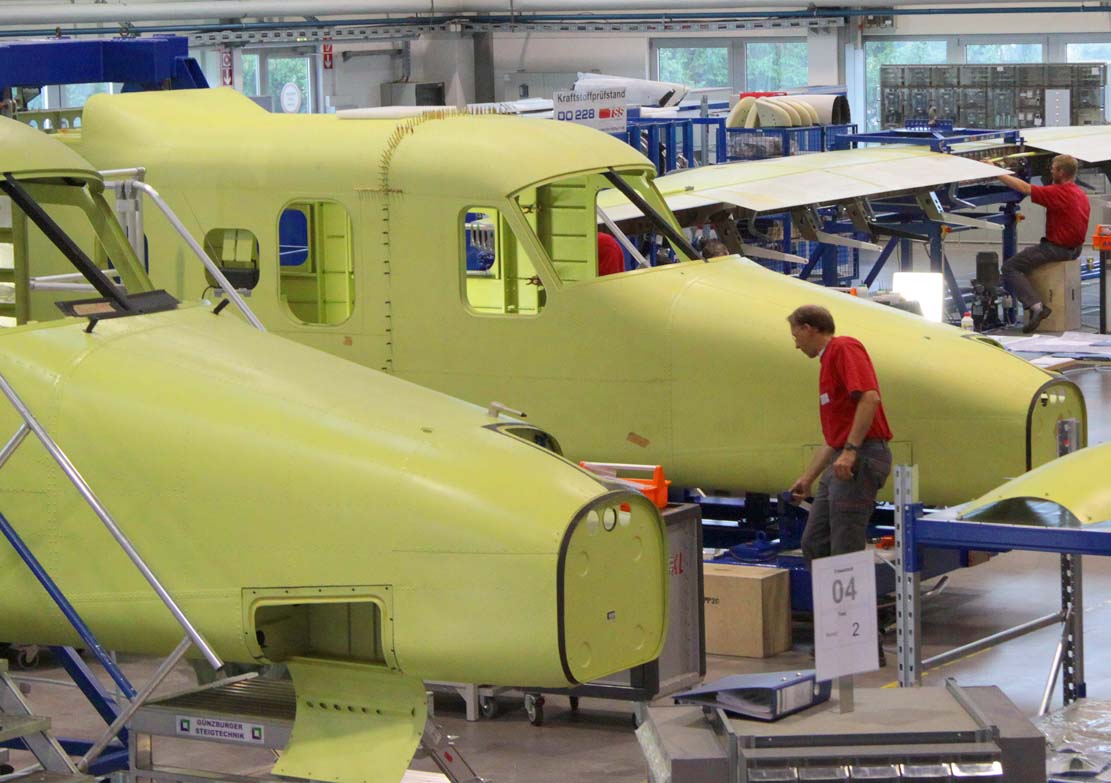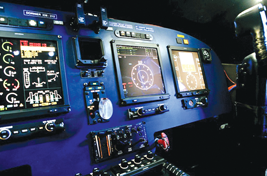|
The Dornier 228 NG (Next Generation), under production
now by RUAG in Germany since 2009, is a more efficient
aircraft than the model with India with less weight
and more engine power. And once an agreement is
through with HAL for joint production within agreed
prices, then RUAG will also give a commitment
to buy at least six green aircraft per year from
HAL.
A RUAG delegation was in India recently, and
according to Thomas K Schilliger, Vice President
Commercial Programmes, RUAG Aviation, the production
process of this twin-engine turboprop in India
along with HAL could begin next year itself with
delivery from 2015 onwards.

India’s HAL has been producing the existing
model for several years after an agreement in
mid-1980s for use mainly by the Indian Air Force
(IAF), Navy and Coast Guard. In fact RUAG assisted
HAL’s Transport Aircraft Division in Kanpur
to manufacture the entire EASA (European Aviation
Safety Agency) approved airframe for NG aircraft
and HAL has already supplied 8 ship sets to RUAG
in Germany where it is customized for onward sales
to RUAG’s own customers for commuter or specified
intelligence and surveillance roles.
The NG version has the newer Honeywell TPE331-10
engines, which are 25 percent more powerful than
the Honeywell Garrett TPE-331-5-252D engines in
the current Indian model, as also a modern glass
cockpit and five blade composite propellers. The
new propellers are lighter and smaller in diameter,
thereby reducing noise and adding to the safety
factors.
The glass cockpit has only four MFDs (Multi
Function Displays) instead of the traditional
bank of panels.
HAL, which has produced nearly 120 aircraft so
far, describes the Dornier 228 it manufactures
as a highly fuel-efficient, rugged, reliable,
twin turbo-prop aircraft with advanced technologies
in design and production and has been developed
specifically to meet the manifold requirement
of various roles for military, para-military and
civil operators. Functional versatility with low
operating cost makes HAL DO-228 adaptable for
a wide variety of roles including Commuter, Utility,
Corporate, Aircrew Training, Maritime Surveillance,
Search & Rescue and for Observation &
Communication duties.

There is reportedly now a new requirement for
54 new Dornier aircraft, and for the sake of commonality
and costing, RUAG is looking for a tie-up for
the Next Generation model with HAL. “It is
to mutual advantage both in terms of technology
and costs,” Mr Schilliger told India
Strategic recently pointing
out that it will help RUAG reduce its European
prices by around $ 2 million/ aircraft.
RUAG accordingly wants to shift its Dornier 228NG
production facility in Germany to India to cater
to both the Indian as well as western customers
by offering the aircraft manufactured jointly
in India.
RUAG however will customize the interiors by
itself, depending upon whether an aircraft is
needed for passenger or Intelligence role, Mr
Schilliger said.
The Dornier 228 NG is described by RUAG as a
versatile, reliable and cost efficient aircraft
qualified for various special mission and regional
air traffic.

The new generation Dornier 228 has features like
state-of-the-art avionics and communication systems,
Universal UNS-1 digital glass cockpit with four
5x7in (13x18cm) Multifunction Displays (MFDs)
featuring electronic instrument displays, better
engines, longer range, better payload, new landing
gear design and five-bladed propellers to name
a few.
RUAG sees a potential for some 300 Dornier 228
NGs internationally over the next 20 years.
|